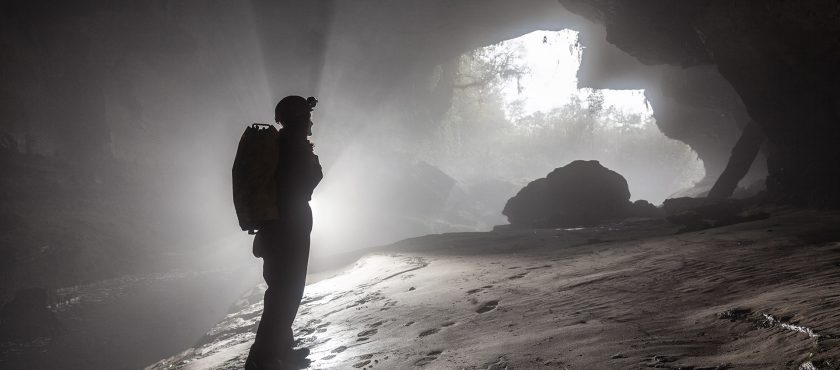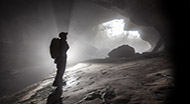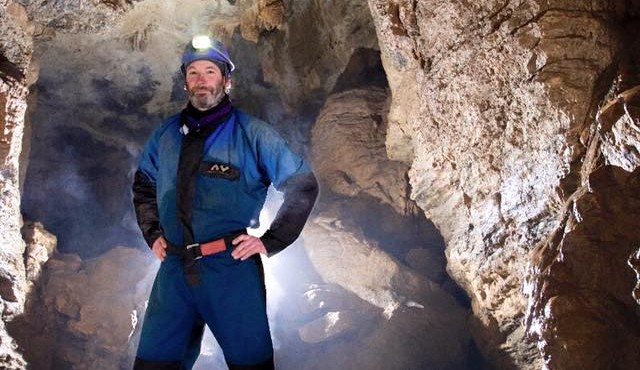The team were called by Yorkshire Ambulance Service to a walker (M 75) who had fallen and hit his head on some rocks in the vicinity of Gaping Gill. The first team members set off in CRO 4, our Honda Pioneer ATV, followed closely by more members in CRO…
INCIDENT 58/2025. JUNE 29th SUN 13:00hrs GAPING GILL AREA, CLAPHAM, NORTH YORKSHIRE











